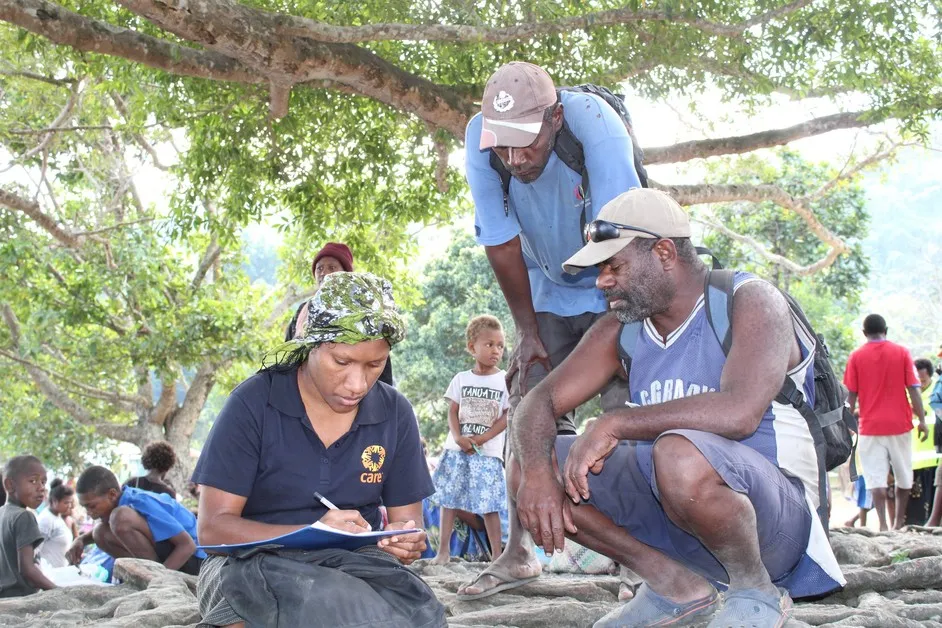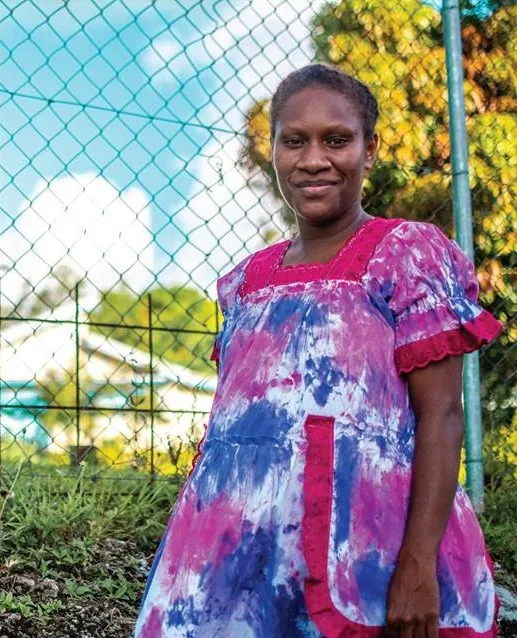After Cyclone Pam hit the Pacific island nation of Vanuatu in March 2015, Marie Toto didn’t know if her family was dead or alive. She was living and working in Vanuatu’s capital of Port Vila, 100 miles away from Ambrym Island where she grew up and where her family still resided.
“There was no connection with family back on the island, so I was not sure whether they were alive, or they’d all died, no information at all,” Marie says.
In the midst of uncertainty, Marie, an emergency and response team leader for CARE Vanuatu, did what she does best: She packed a bag and went out to help people.
“People out there in remote communities, they don’t have much access to information or resources so when you have the opportunity, it’s time for you to give more to them.”
Marie and a colleague hopped on the first charter flight to one of the worst hit islands, Erromango, where she worked alongside the Australian Defence Force to distribute food and other lifesaving essentials.
This was not a straightforward task. Many roads were impassable, and Marie and the other responders could only reach the most remote villages by helicopter.


